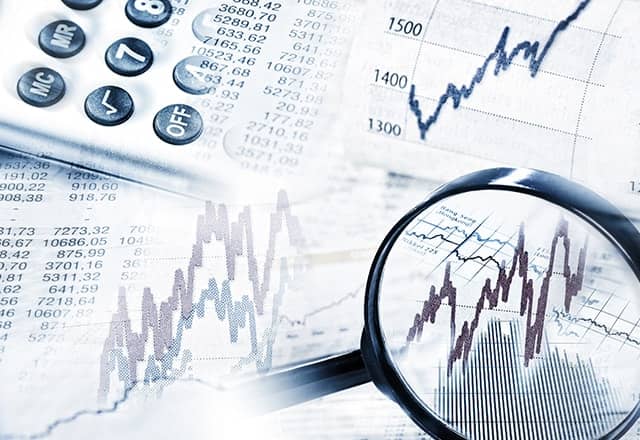(AOF) – On the occasion of its first Capital Markets Day in Paris this afternoon, Eramet will present the repositioning of the Group and its “A New Era” strategy, as well as its new CSR roadmap. This strategy is structured around two axes: growing in metals for global economic development and sustainably developing critical metals for the energy transition. Its solid financial structure will allow the deployment of an investment plan of approximately 1.9 billion euros over the period 2024-2026 to strengthen cash-generating activities.
This solid financial structure will also make it possible to prepare for future growth, mainly in the energy transition.
In addition, the group has set ambitious operational objectives for 2026: 8.5 Mt of manganese ore produced and transported in Gabon, with a potential capacity of 10 Mt in the long term, 60 Mt of nickel ore marketed to Weda Bay in Indonesia, over 1.0 Mt of mineralized sands produced at GCO in Senegal, 24 kt-LCE of battery-grade lithium produced in Argentina (Centenario, Phase 1), and approximately 30 kt-LCE additional in the medium term (Phase 2, 1st tranche).
This strategy is based on a new ambitious 2024-2026 CSR roadmap: “Act for positive mining”.
AOF – LEARN MORE
Learn more about Eramet
Key points
– Producer, created in 1880, of ores and alloy metals, world leader in manganese ore and ferronickel, 4th in zircon and titanium materials;
– Turnover of €5.4 billion, refocused on mines and metals – manganese for 59% of sales, nickel for 33%, mineral sands for 9%, lithium being under development;
– Sales made in Asia for 50% (including 20% in China), in Europe for 28% (including 6% for France), in South America for 12% and in North America for 6%;
– Business model based on the valorization of metals and minerals essential to economic development (manganese, nickel, mineral sands) and the energy transition (lithium, nickel/cobalt salts, battery recycling);
– Capital jointly controlled at 64.21% by the French State including STCPI (4%, Société Territoriale Calédonienne de Participation Industrielle, owned by the New Caledonian provinces), Cristel Bories being CEO of the board of 18 directors;
– Cleaned up balance sheet with debt leverage of 0.7 at the end of June 2023 and equity ratio of 33%.
Challenges
– Refocused strategy after the disposals of Auber & Duval and Eurasteel:
– grow in attractive businesses – manganese ores and mineralized sands,
– expand the portfolio in metals for energy transformation – nickel and cobalt salts and recycling of lithium ion batteries;
– Innovation strategy supported by the IDEAS center in Trappes and financed at 1% of revenues:
– deployed internally via the Data Factory: management by mining 4.0 business units using data, additive production, robotization, IoT, artificial intelligence, etc.
– based on open innovation: challenges for young doctors, start-up competitions, university and scientific partnerships;
– Environmental strategy to contribute to carbon neutrality in 2050:
– 40% reduction in CO2 emissions in 2035, particularly in the decarbonization of metallurgical production and the rehabilitation of mining sites (residue management),
– circular economy and protection of water resources and air quality,
– increase to 40% in 2030, compared to 2019, of loans linked to sustainable development;
– World-class resource portfolio: manganese (Moanda in Gabon), nickel and nickel-cobalt (New Caledonia and Weda Bay in Indonesia), mineral sands (Senegal), lithium (Argentina and France) and battery recycling (France) .
Challenges
– Sensitivity to geopolitical risks in New Caledonia, Gabon and Senegal;
– Success of the cost reduction and production optimization plan in the face of a degraded market – fall in the selling prices of manganese and nickel, inflation in the price of inputs and logistical disruptions;
– Project progress:
– energy transition: pilot plant in France for battery recycling and, for 2024, launch of lithium production in Argentina and finalization of the study on nickel and cobalt at Sonic Bay,
– expansion of the portfolio: exploration of lithium brines in Chile and, in Indonesia, of nickel limonites.
An ecological transition that drives metal prices
The ecological transition is driving demand and causing prices to rise. Lithium prices jumped 100% last year, supported by sales of electric cars. The need for metals such as aluminum, copper, graphite, or nickel is expected to soar by 2050. The war in Ukraine has reinforced the rise in prices because Russia is a major producer of mineral raw materials. , in particular aluminum, palladium, nickel and titanium. The International Energy Agency (IEA) recently warned of the risk of shortages of several metals necessary for the energy transition. Europe has mobilized on strategic metals with the objective of strengthening its sovereignty.
